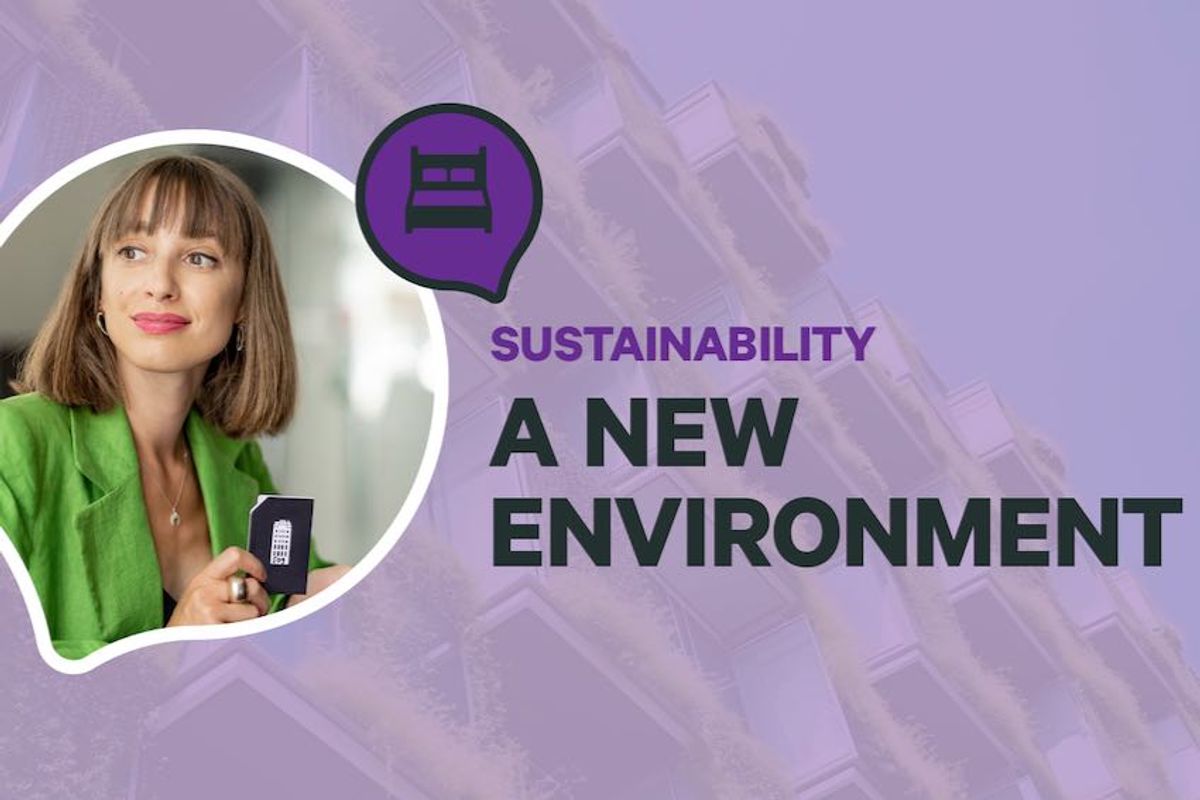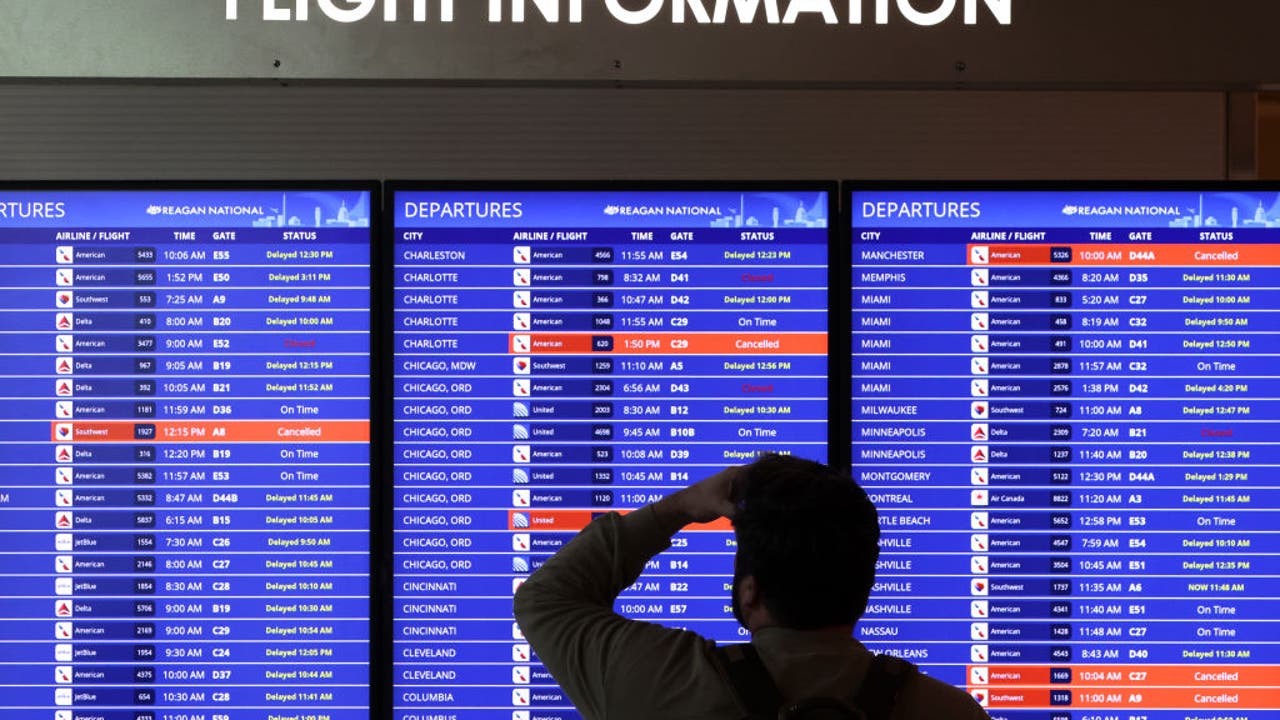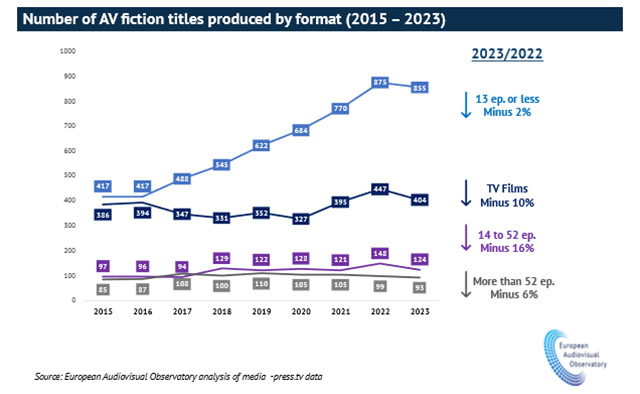Travel
A new environment

MEASURE FOR MEASURE
Attend any event on sustainability and you’re almost certain to hear the familiar mantra: “You can’t reduce your emissions unless you can measure them”. But even measuring emissions from transport services isn’t straightforward, with multiple different figures delivered from different methodologies for the same seat on the same flight.
Accommodation has even more variables than flights and trains, which presents some “unique challenges” for collecting reliable data on emissions, says Cameron Kelly, advisory lead at Thrust Carbon.
“Hotels vary significantly in their size, location, design and operational practices,” explains Kelly. “This diversity makes it harder to standardise and compare emissions data across the accommodation sector. However, efforts are ongoing to improve data quality and standardisation.”
There is currently a myriad of different methods for measuring accommodation emissions, but many of these take a very broad-brush approach by estimating hotels’ carbon footprint simply by their location.
Two of the most popular methods are the HCMI (Hotel Carbon Measurement Initiative) tool that hotels can use to measure and communicate their carbon footprint, and the methodology created by the UK’s DEFRA (Department for Environment, Food & Rural Affairs), which assesses average emissions by country. But both these options are far from perfect.
Andrew Perolls, CEO of sustainability specialist Greengage, says: “It’s good to have this common measurement and 25,000 hotels use HCMI. The limitations are that it only covers 30 markets and certain Scope 3 elements – guest food and beverage is not included – and the quality of HCMI data relies heavily on the accuracy of data provided by hotels that could be prone to errors or inconsistencies.”
Perolls adds that the “health warning” with using DEFRA’s methodology is that it applies to all hotels within a country, with the city location, room size and hotel facilities not taken into consideration.
Technology-focused TMC Navan is one of those companies currently using the DEFRA database for hotel emissions, which is compliant with the requirements of CSRD. But Jonas Hammes, senior director of strategy and operations at Navan, adds: “There is still room for improvement in the standardisation, granularity and accuracy of hotel carbon emissions reporting.”
There are already moves to make hotel sustainability data more comprehensive and granular, such as HRS’s Green Stay Initiative. This provides per-property data based on a methodology that has recently secured endorsement from international standards agency ISO, as well as complying with the Greenhouse Gas Protocol (GHGP) Corporate Accounting and Reporting Standards.
In another sign of an increased focus in this area, the Global Business Travel Association (GBTA) recently published a list of standards for sustainable accommodation procurement (see panel at foot of article for more details).
Lobbying group BT4Europe also hopes that the forthcoming CountEmissionsEU initiative – that is designed to provide more standardised CO2 data – will eventually be extended beyond transport services to cover accommodation as well.










